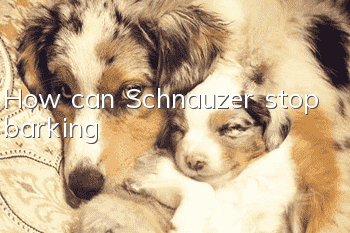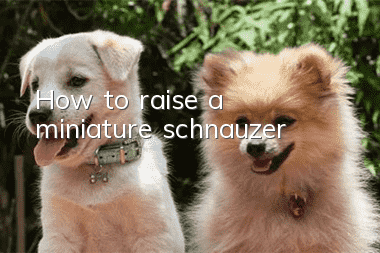How to choose a Husky

1. Normal appetite Eating, drinking, playing, sleeping, and excretion are the four major needs for the normal growth of puppies. Puppies who have just experienced a change in environment, food, or motion sickness may have a temporary decrease in appetite. However, puppies with severe dehydration, latent diseases, gastroenteritis and physical pain will also lose their appetite. In this situation, prospective dog owners should maintain a wait-and-see attitude. Ask the store clerk about feeding times, then schedule a visit to observe changes.
2. Pets without runny nose will have a runny nose if they catch a cold, have a sensitive nose or have an upper respiratory tract infection. After being infected by bacteria, the secretion will turn into milky white, yellow or green pus. In addition, if food spurts out of the nostrils, it means eating too quickly, problems with the swallowing mechanism, or congenital structural defects.
3. Dogs without coughing can make puppies cough if they catch cold, have a sensitive throat, have a turbid air environment, tracheitis and bronchitis. Severe cough combined with excessive phlegm can lead to decreased appetite and poor nutrition.
4. Moderate stature. Body fat and thinness have always been traditional indicators used to measure nutritional status. If the body is thin and lacks physical strength, the development of immunity will naturally be affected, making it easy to get sick and slow in recovery. There are two points worth mentioning in particular:
(1) The indicator of fatness and thinness is the body under the fur; (2) Someone with a big belly is not necessarily fat. The chest and ribs of a normally obese puppy should be evenly covered with muscle and fat, making it difficult to clearly feel them one by one. If you gently rub it with your hands, the chest will be as obvious as a washcloth. Even if it has longer coat, this dog is too thin. In addition, the fatness of a dog can also be measured by the thickness of the muscles on the back of the abdomen.
5. Bright eyes The cornea of the eye (the front part of the eye) is transparent, allowing people to clearly see the color of the pigment layer of the eye. Hepatitis virus can turn the cornea blue; foreign matter entering the eye or trauma can cause the eye to swell and close tightly, or the mucous membrane (white part of the eye) to turn red or the cornea to turn white. Infection with canine distemper virus and other ophthalmic pathogens can cause abnormal eye secretions and suppuration.
6. Hygiene The hygiene of puppies can reflect the quality of the environment and care. Many infectious diseases and parasites are spread through urine, feces or body fluids. Therefore, being covered with feces can indeed increase the chance of exposure to pathogens; even if the puppies are raised separately, the chance of gastrointestinal discomfort will also be greatly increased if the puppies lick the dirt.
7. No pain. If the puppy does not eat but just bends its back and groans, it is necessary to check whether it has abdominal pain. Belly pain is one of the symptoms of enteritis and hepatitis. If the puppy cries out in pain when walking or even refuses to walk, it is necessary to check the skeleton limbs for musculoskeletal trauma.
8. Defecation is correctIt is normal for puppies to have slime-like poop in their stools. Just changing the environment, food or overfeeding, worms and enteritis can cause diarrhea in puppies. If your stool is softer than toothpaste or contains clear mucus, you should treat it with caution.
9. Blood color: Open the dog’s lips and you can see the color of the tooth pulp. Severe malnutrition, worms, hematopoietic disorders, or shock can cause the blood to turn pale.
10. No pus blisters and excessive dandruff. Dry skin, sensitive skin or external parasites will cause the dog to scratch or lose a lot of dandruff. If the environment is unclean or neglected, the skin is prone to red spots and pustules. Although these are not serious diseases, without proper care, they can still seriously affect the appearance and smell of puppies, making owners worried. Finally, prospective dog owners should check the puppy’s vaccination records and verify the dog’s identity information.
- How to soak golden retriever dog food
- How to choose golden retriever
- What should I do if my German Shepherd disobeys?
- What should I do if my golden retriever won’t eat dog food?
- What snacks should I use to train a golden retriever?
- What to do if a Husky bites someone while guarding its food
- How to feed a little husky
- What is the difference between Su Mu and Shetland?
- How to protect your pet dog’s food
- Why do Maltese dogs eat poop?



